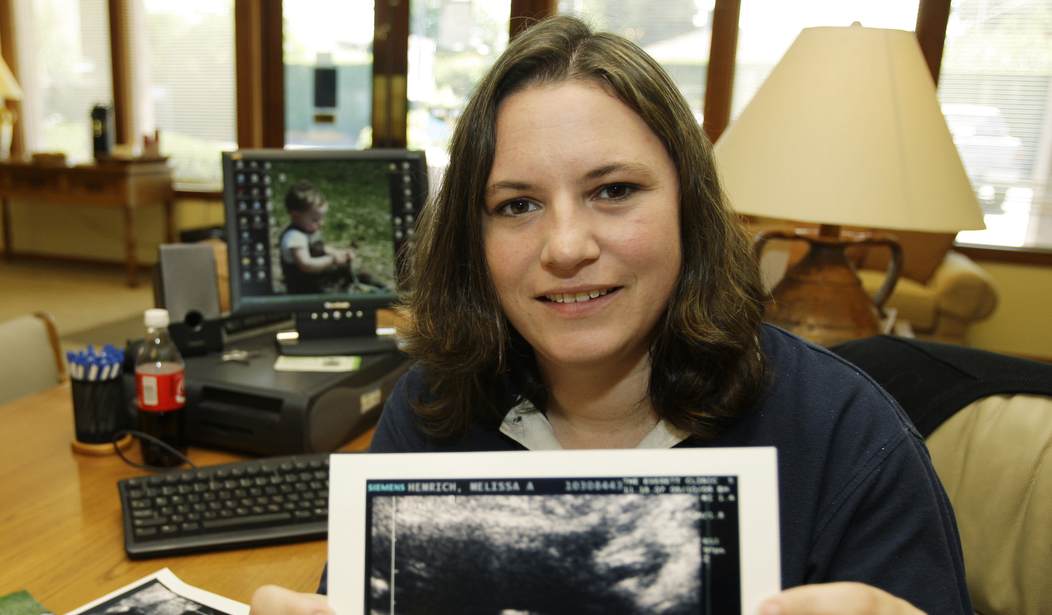The vote in Kansas this week to maintain abortion access no doubt came as a surprise to many people, including yours truly. The left immediately began setting their hair on fire as if some seismic shift in the nation’s profile had taken place. Trevor Noah spent his entire show doing a victory dance. The editorial board of the St. Louis Post-Dispatch proclaimed that “This is America’s stance.” Here’s a little bit of what that looked like.
National polls have long indicated that Americans, including Republicans, strongly favor keeping abortion legal, within reason. The Kansas results confirm it.
Pro-choice forces in Missouri and around America should embrace the message here: Americans broadly support abortion rights even in places where their elected representatives don’t. With red-state legislatures generally sitting far to the right of their constituents, going around them and directly to the people is one way to mitigate the damage conservative Supreme Court justices have done.
This editorial makes the same mistake that many conservative elected officials in red states have made about their voters. It broadly assumes too much and seeks to turn a single example into some sort of rule of law. The reality is that America doesn’t have a stance on anything. We could hold a national referendum next week asking people to affirm that puppies are cute and you would still find a collection of jackwagons who would vote against it. There are only a handful of issues where you can even find a 70% national consensus. And while polls indicate that there is a majority in this country who favor abortion being legal in at least some cases, as I mentioned above, it is well below that 70% level. On top of that, the percentage that believes abortion should be allowed in all cases, including the third trimester, is minuscule.
What the vote in Kansas demonstrates more than anything is that the Supreme Court decision in Dobbs didn’t signal some sort of national crackdown on abortions or anything else. It did precisely what the ruling stated and nothing more. The justices didn’t ban abortion or even place any limits on it. They simply returned the power to make those decisions to the states and the voters in each state. While the final tally in Kansas may have been surprising, it reflected the fact that a majority of Kansans prefer to keep abortion legal in at least some circumstances. (Which is not an uncommon viewpoint in America as reflected in nearly every poll I’ve seen.) Other states that hold similar referendum votes will also choose as they see fit.
Those who are currently popping corks on champagne bottles probably shouldn’t be expecting to see the results in Kansas being replicated across the board in November. As Ed pointed out, people vote for candidates who have positions on a variety of issues. They only vote on a single issue when that issue stands alone in a referendum. Does this vote mean that Kansas has suddenly turned bright blue? Does it mean that the voters of Kansas will now embrace gun control, higher taxes, and illegal immigration? Of course not. But this week’s vote does mean that politicians in the state will need to reevaluate their own positions on abortion if they want to maximize their supporters’ turnout and enthusiasm.
Perhaps the greatest potential benefit from Tuesday’s vote in Kansas might be the opportunity for all of us to stop looking at red states and blue states as monolithic caricatures of liberal and conservative values. There are conservatives in blue states and liberals in red states. And those individual voters are not marching in lockstep on every single issue. A broader realization of these realities might make for more nuanced debates on all the issues that matter. And that might just produce better candidates. Or at least we should allow ourselves to hope so.








Join the conversation as a VIP Member